Learn About Roots: Tree Roots/All Hardwoods
gardener365
10 years ago
Related Stories

GARDENING GUIDESThe Beauty of Bare-Root Plants
Plant dormant trees and shrubs in fall using the easy, affordable bare-root method and enjoy beautiful results in spring
Full Story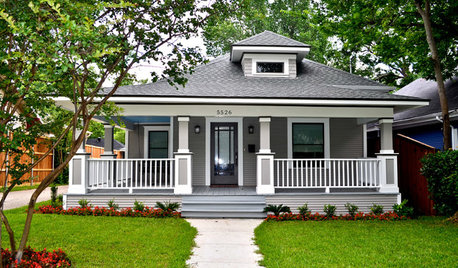
ROOTS OF STYLERoots of Style: The Birth of Modern Architecture
Learn how Prairie, Craftsman, art deco and other styles of the early 20th century came to influence architecture today
Full Story
ARTThe Beauty of Bonsai — Living Art, Rooted in Harmony
Create your own emblem of nature's balance with an art form dating back 1,000 years
Full Story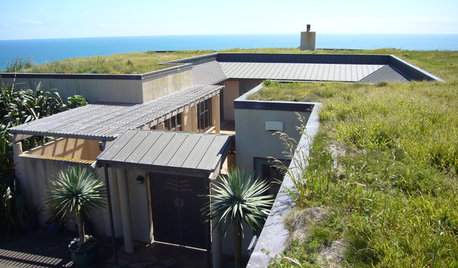
GREEN BUILDINGLiving Roofs Put Down Roots
No longer solely the domain of hippies — or hobbits — a green roof can be a hardworking partner in making your house sustainable
Full Story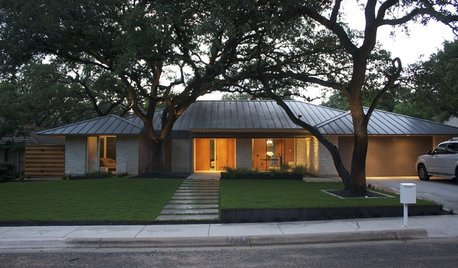
ARCHITECTURERoots of Style: Ranch Architecture Roams Across the U.S.
Great remodeling potential and generously spaced sites make ranch homes ever popular. Is one of the many variations right for you?
Full Story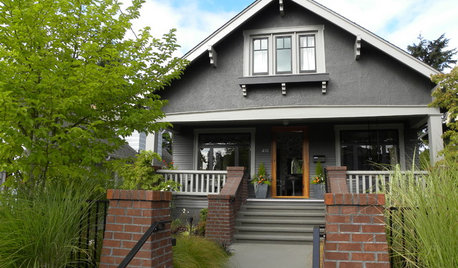
ARCHITECTURERoots of Style: See What Defines a Craftsman Home
Charming features and intimate proportions have made Craftsman houses an American favorite. See their common details and variations
Full Story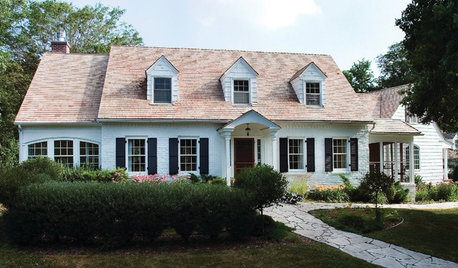
TRADITIONAL ARCHITECTURERoots of Style: Georgian Homes Offer Familiarity Through the Ages
Americans have been embracing this interpretation of classical architecture since the 1700s. Does your home show off any Georgian details?
Full Story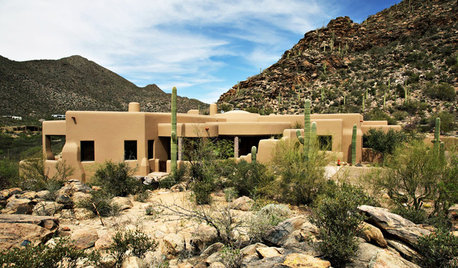
TRADITIONAL ARCHITECTURERoots of Style: Pueblo Revival Architecture Welcomes Modern Life
Centuries-old details of adobe construction still appeal in the desert Southwest, adapted to today's tastes
Full Story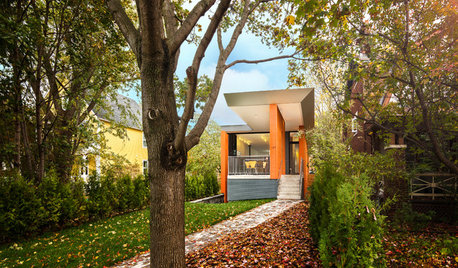
MODERN HOMESHouzz Tour: A Modern Home Rooted in Its Place
It's partially buried in the earth, but with a cantilevered roof and strong colors, this Ottawa home is anything but shy
Full Story
ARCHITECTURERoots of Style: Do You Live in a Minimalist Traditional House?
Cottages, bungalows, farmhouses ... whatever you call them, houses in this style share several characteristics. See how many your house has
Full StoryMore Discussions








ken_adrian Adrian MI cold Z5
gardener365Original Author
Related Professionals
Fort Lee Landscape Architects & Landscape Designers · Parole Landscape Architects & Landscape Designers · Cordele Landscape Contractors · Hannibal Landscape Contractors · Hilo Landscape Contractors · Lebanon Landscape Contractors · Middletown Landscape Contractors · Roseville Landscape Contractors · Vancouver Landscape Contractors · Casselberry Landscape Contractors · Aliso Viejo Siding & Exteriors · East Brunswick Siding & Exteriors · Cape Coral Decks, Patios & Outdoor Enclosures · Provo Decks, Patios & Outdoor Enclosures · Rocklin Decks, Patios & Outdoor Enclosuresarktrees
j0nd03
whaas_5a
gardener365Original Author
brandon7 TN_zone7
arktrees
gardener365Original Author
gardener365Original Author
brandon7 TN_zone7
Embothrium
whaas_5a
strobiculate
whaas_5a
arktrees
Embothrium
lcadem
Embothrium
gardener365Original Author
brandon7 TN_zone7
gardener365Original Author